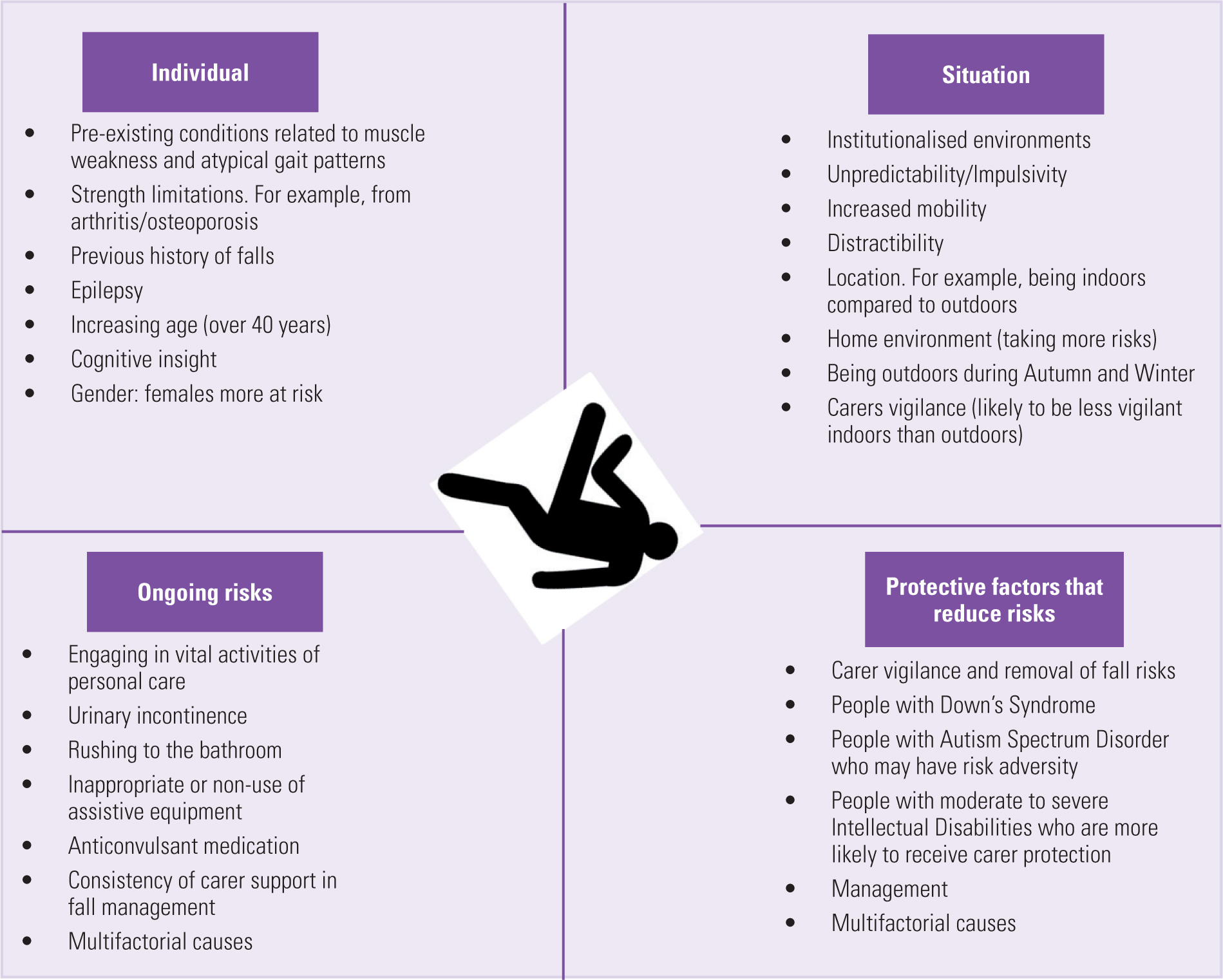8 Simple Techniques For Dementia Fall Risk
The Dementia Fall Risk Statements
Table of ContentsThe Buzz on Dementia Fall RiskGetting My Dementia Fall Risk To WorkThe Buzz on Dementia Fall RiskHow Dementia Fall Risk can Save You Time, Stress, and Money.
A loss risk analysis checks to see how most likely it is that you will certainly drop. It is primarily provided for older adults. The analysis generally includes: This consists of a collection of concerns regarding your overall health and if you've had previous falls or issues with equilibrium, standing, and/or strolling. These tools evaluate your toughness, equilibrium, and gait (the means you walk).Treatments are referrals that may lower your danger of dropping. STEADI consists of 3 steps: you for your risk of dropping for your threat elements that can be improved to attempt to prevent falls (for example, balance problems, impaired vision) to lower your threat of dropping by using effective methods (for example, supplying education and sources), you may be asked several questions including: Have you dropped in the previous year? Are you fretted regarding dropping?
If it takes you 12 secs or even more, it might suggest you are at higher danger for an autumn. This examination checks strength and balance.
The settings will get more challenging as you go. Stand with your feet side-by-side. Move one foot halfway onward, so the instep is touching the large toe of your various other foot. Relocate one foot completely before the various other, so the toes are touching the heel of your other foot.
8 Simple Techniques For Dementia Fall Risk
The majority of drops occur as an outcome of several adding elements; therefore, handling the danger of falling starts with recognizing the factors that contribute to drop threat - Dementia Fall Risk. Some of one of the most pertinent danger factors include: Background of previous fallsChronic medical conditionsAcute illnessImpaired stride and equilibrium, lower extremity weaknessCognitive impairmentChanges in visionCertain risky drugs and polypharmacyEnvironmental aspects can additionally raise the threat for falls, including: Insufficient lightingUneven or damaged flooringWet or unsafe floorsMissing or harmed hand rails and order barsDamaged or improperly equipped equipment, such as beds, wheelchairs, or walkersImproper usage of assistive devicesInadequate guidance of the individuals staying in the NF, including those who display aggressive behaviorsA effective fall danger administration program needs a detailed professional evaluation, with input from all members of the interdisciplinary group

The care plan ought to also include treatments that are system-based, such as those that promote a risk-free atmosphere (proper lights, hand rails, grab bars, and so on). The efficiency of the interventions should be assessed occasionally, and the care strategy revised as essential to mirror modifications in the fall threat analysis. Implementing a fall threat administration system utilizing evidence-based finest method can lower the occurrence of drops in the NF, while restricting the capacity for useful site fall-related injuries.
Dementia Fall Risk for Beginners
The AGS/BGS standard suggests evaluating all adults matured 65 years and older for loss danger every year. This testing includes asking patients whether they have fallen 2 or more this page times in the previous year or looked for clinical interest for a loss, or, if they have not dropped, whether they feel unsteady when walking.
Individuals that have fallen as soon as without injury ought to have their balance and gait assessed; those with stride or balance abnormalities need to receive added evaluation. A history of 1 loss without injury and without stride or balance troubles does not warrant additional analysis past ongoing yearly autumn risk screening. Dementia Fall Risk. A loss danger analysis is called for as part of the Welcome to Medicare assessment

The Buzz on Dementia Fall Risk
Recording a falls history is one of the high quality indications for loss avoidance and monitoring. copyright medicines in certain are independent predictors of falls.
Postural hypotension can often be minimized by decreasing the dose of blood pressurelowering medicines and/or stopping drugs that have orthostatic hypotension as a side effect. Use of above-the-knee assistance hose and resting with the head of the bed raised may also minimize postural reductions in blood stress. The preferred elements of a fall-focused physical exam are revealed in Box 1.

A pull time higher than or equivalent to 12 seconds suggests high fall threat. The 30-Second Chair Stand test evaluates lower extremity strength and balance. Being incapable to stand up from a chair of knee height without utilizing one's arms suggests boosted loss danger. The 4-Stage Balance examination evaluates fixed balance by having the person stand in 4 settings, each gradually extra challenging.